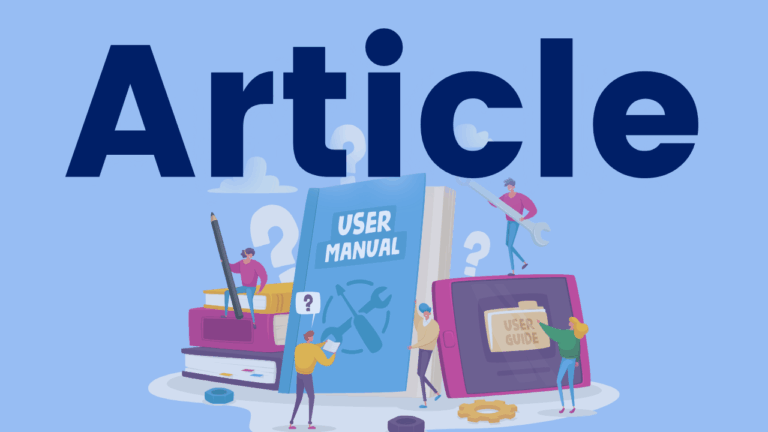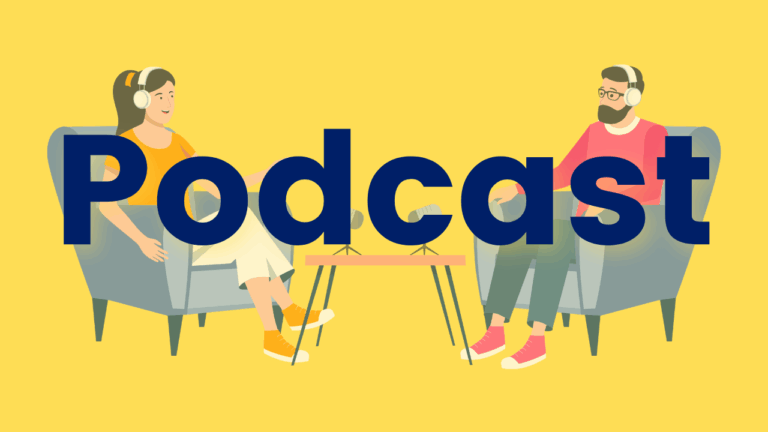A New Model for Teaching High-Frequency Words
Often, high-frequency words are called “sight words” with the expectation that these words are irregular and must be memorized. Integrating high-frequency words into phonics lessons allows students to make sense of spelling patterns for these words. To do this, high-frequency words need to be categorized according to whether they are spelled entirely regularly or not….




